The religious heritage of the city of Old Lyon includes many religious buildings, including the Basilica of Our Lady of Fourvière built in 1872 for Catholics, as does the Church of St George (also the work of Pierre Bossan), a traditional Catholic parish where the masses are spoken in Latin; The Temple of Change built in 1880 for the Protestants; The Great Mosque inaugurated in 1994; the Great Synagogue built in 1863 or the Boat Chapelle Le Lien, chapel of mariners inaugurated in May 1998 during the Pardon des Mariniers, held every year on the last Sunday of May, it welcomes all those who want to know more about boating life. The Thien Minh Pagoda, built in 1985 thanks to the Vietnamese community, is located in Ste Foy-les-Lyon and is reserved for the Buddhist community.
Located on Fourvière Hill, named after the Latin « Forum vetus » (old forum), a place chosen by the Romans for the foundation of Lyon in 43 BC, the Basilica of Notre-Dame de Fourvière, built on the site of the St Thomas Chapel built in 1168 is one of the most famous monuments of the city of Lyon. Classified as a UNESCO World Heritage Site and listed as the first tourist site in the Rhône-Alpes Auvergne region, it stands out for its appearance as a citadel outside and its mosaics retracing the history of the Virgin Mary, its stained glass windows and its marbles inside. The crypt, dedicated to St. Joseph, houses a statue of « St. Joseph to the Child » in Fabish and stained glass windows depicting the symbols of the Eucharist. To the right of the basilica, a chapel dedicated to the Virgin Mary, built in the 12th century remains the historical and religious heart. Founded in 1192, partially demolished in 1562 during the Religion Wars, and then rebuilt, its walls are adorned by ex-voto painted on canvas at the end of the 17th century. A few meters away the St Thomas Chapel dedicated to St Thomas of Canterbury, who died in martyrdom in 1170, is a place of prayer and worship of the St Sacrement.
Built at the end of the 19th century in neo-Gothic architecture, the basilica is dedicated to the Virgin Mary; it is attributed to legends which are based on wishes given to Notre-Dame de Fourvière, such as that of Anne of Austria, who could not have a child and whose prayer was heeded. His husband, Louis XIII decided to dedicate the Kingdom of France to the Virgin Mary. It is also said that it protected the city from plague in 1642 by the gift of a huge candle and a gold shell made by the Echevins and merchants who stopped the spread of the disease 20 days later.
Following a promise made by the Lyonnais to their archbishop, Bishop of Denouilhac, to build a basilica dedicated to the Virgin if the city was spared by the Prussians, construction, contemporary to that of the Sacré-Coeur and Notre-Dame-de-la-Garde, began in 1872 by the Lyon architect Pierre Bossan and later his disciple Louis Ste Marie Perrin who succeeded him after his death in 1888.
Although inaugurated in December 1896 (the date of September 8 was postponed to that of the « Feast of the Immaculate Conception » on December 8 after the weather gave rise to the « Feast of Enlightenment »), the work will not be completed until after World War II. A bronze statue of John Paul II (3.05 m high) by Elisabeth Cibot, blessing the city when it came to Lyon in October 1986, was erected on October 4, 2011 on the square of the basilica. The basilica is 86 m long and 35 m wide; its height at the top of the towers reaches 48 m, its organ was built in 1896 by Michel Merklin and restored a century later. A few meters from the basilica, you will notice the presence of a small Eiffel Tower built by the anti-Calotins who have contributed to show their opposition.
A mixture of Byzantine, Gothic, and Roman art, with ten-century architectural elements, it evokes St. Jacques-de-Compostela… Its crenelated fortifications with jachicoulis evoke a medieval building, as do its 4 octagonal corner towers, reminiscent of the four legs of a pachyderm, hence the nickname of spilled elephant.. A statue of the Virgin by Joseph-Hugues Fabisch overlooks the building, dominated by a dome on the 3-story bell tower (a medieval first floor on a square 2-story base, the third of which is an octogonal plane.
For visitors, there are 2 ways to get there, in a « string » (name given to the funiculars of Lyon, 3 of which have disappeared, including the one of the Croix Rousse). It lays in front of the basilica tourists and young musicians who study at the Conservatoire de musique located on the top of the hill. The other existing « string » is that of St-Just which leads to the Roman Theaters and is very used during the Festival.
For sports enthusiasts, a walk through the Jardin du Rosaire takes the stairs from the rise of the Chazeaux near the ECAM engineering school in Lyon. After a statue of Jesus, an alley with the stations of the Chemin de la Croix allows you to access a platform showing a panorama of the city including the St Jean cathedral, the Bellecour square, the Saône and the Rhône and the semi-cylindrical roof of the Opera that the Lyonnais have dubbed « Le Tonneau » since the renovation.
Share this content:


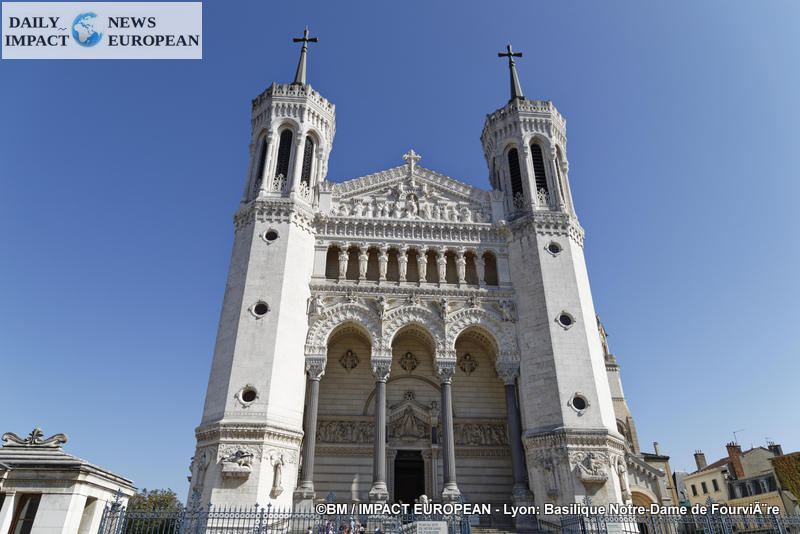
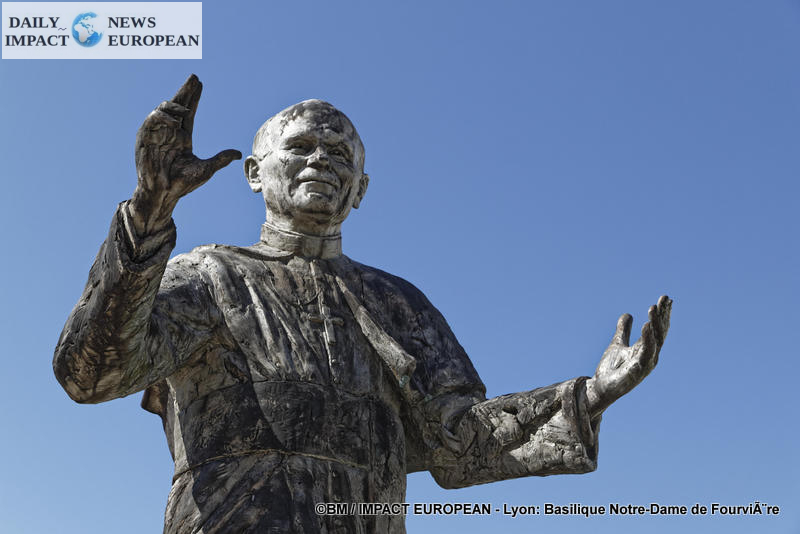
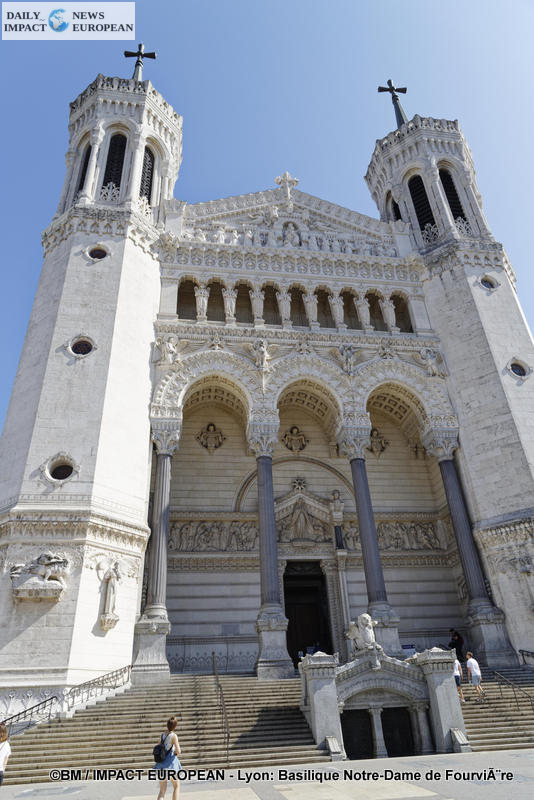
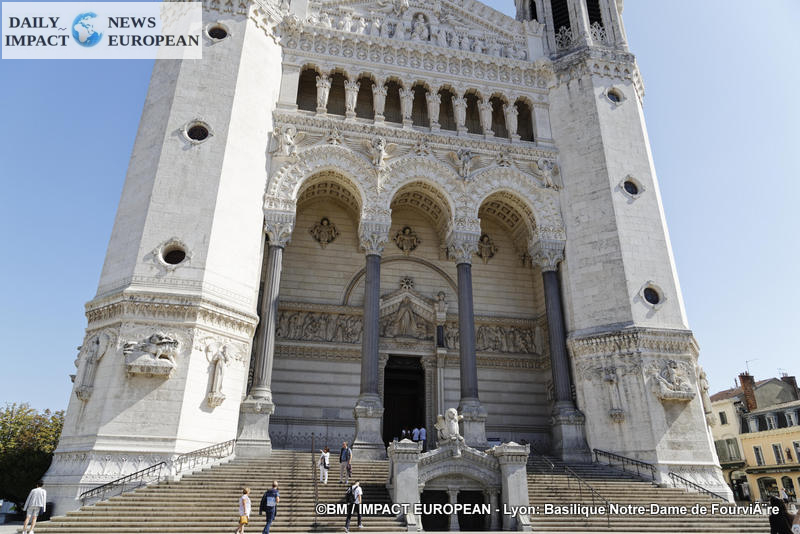
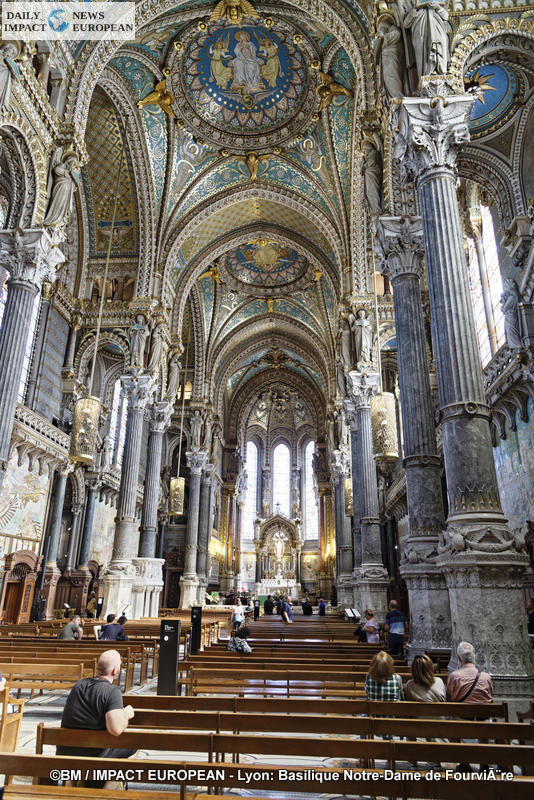
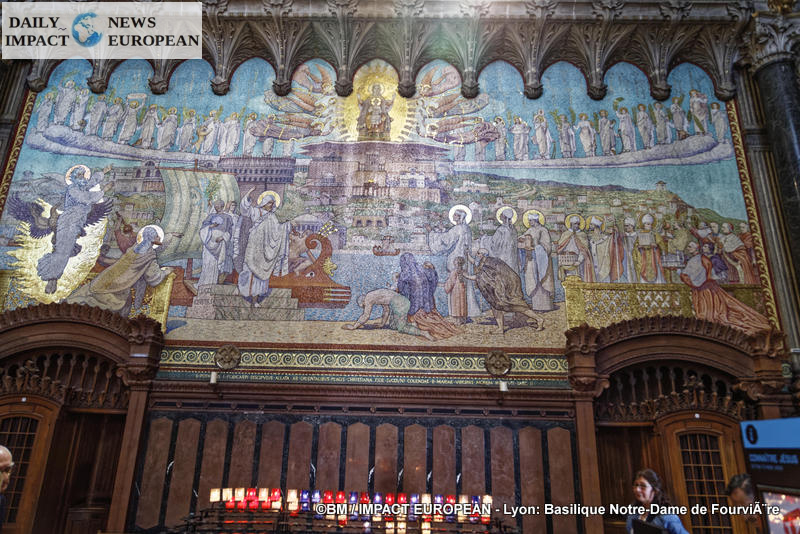
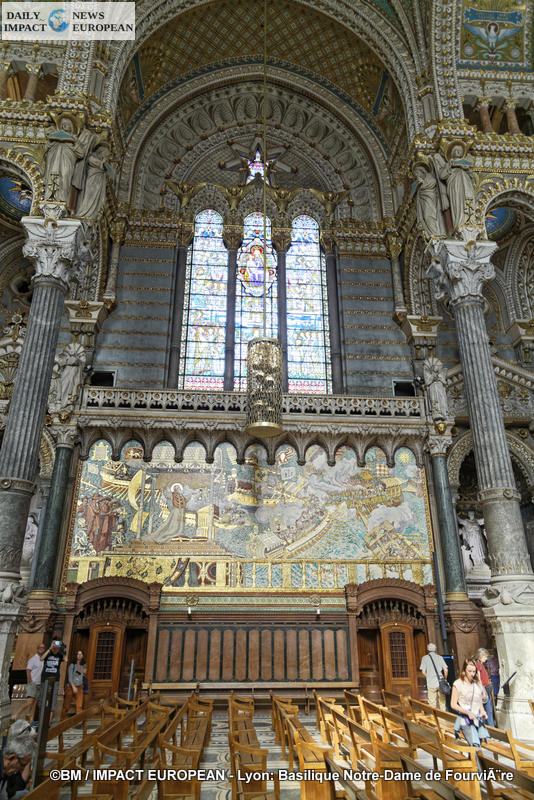
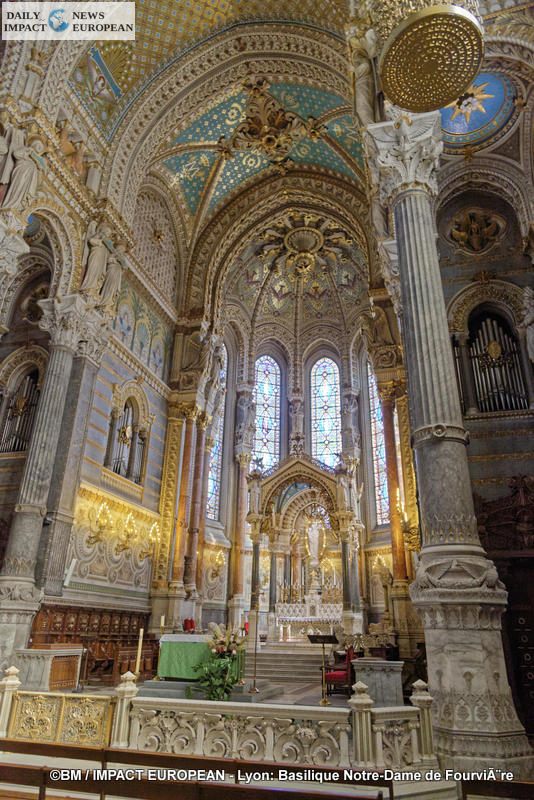
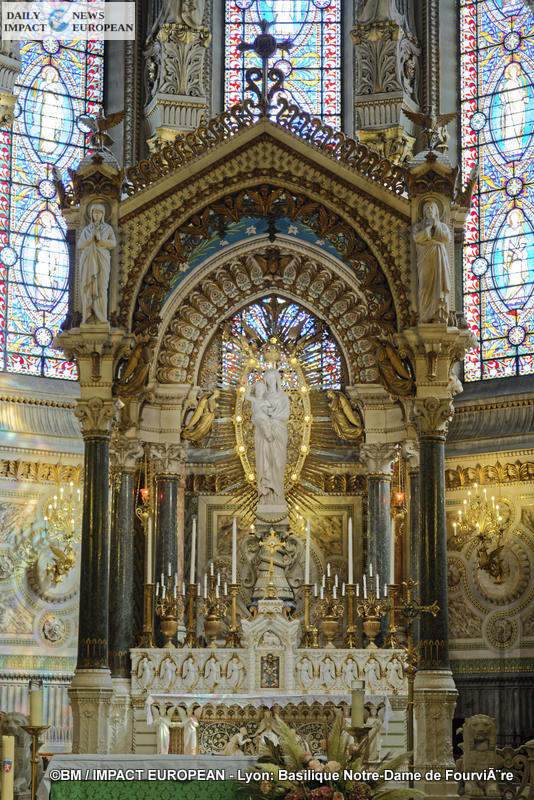
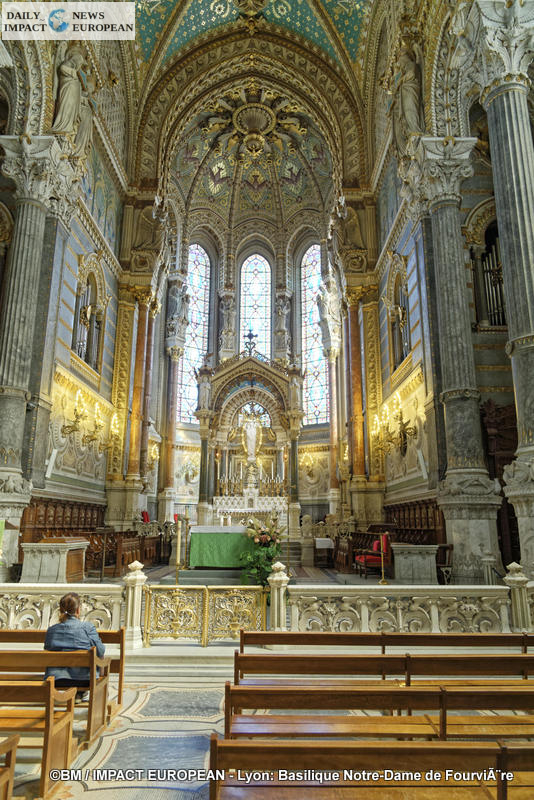

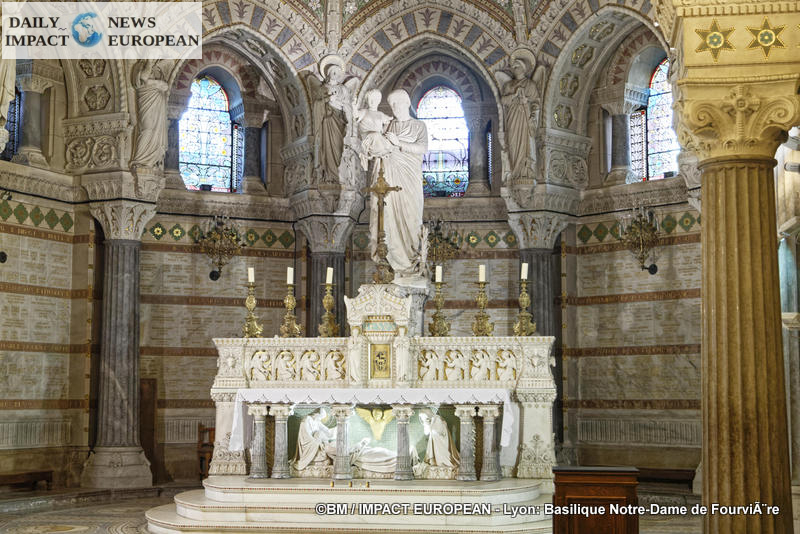
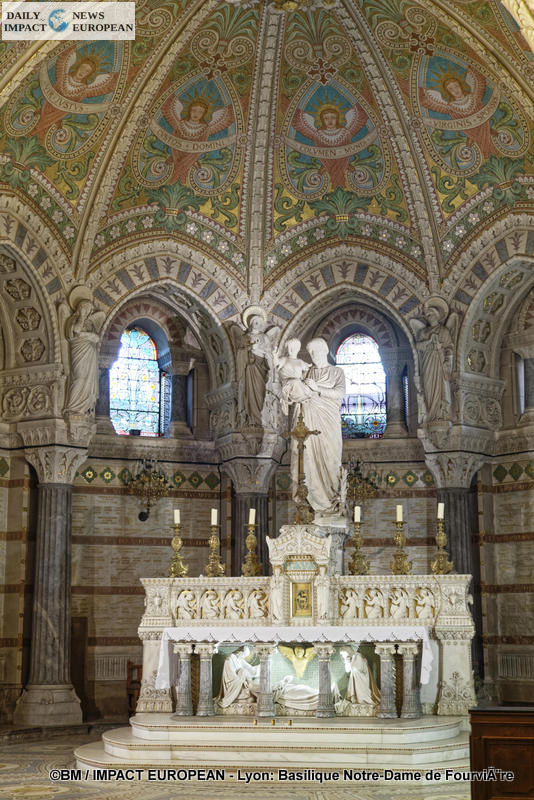
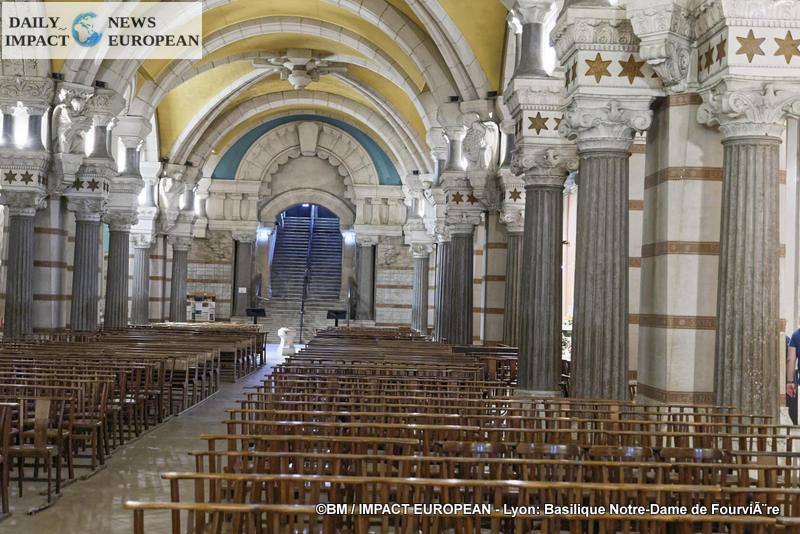
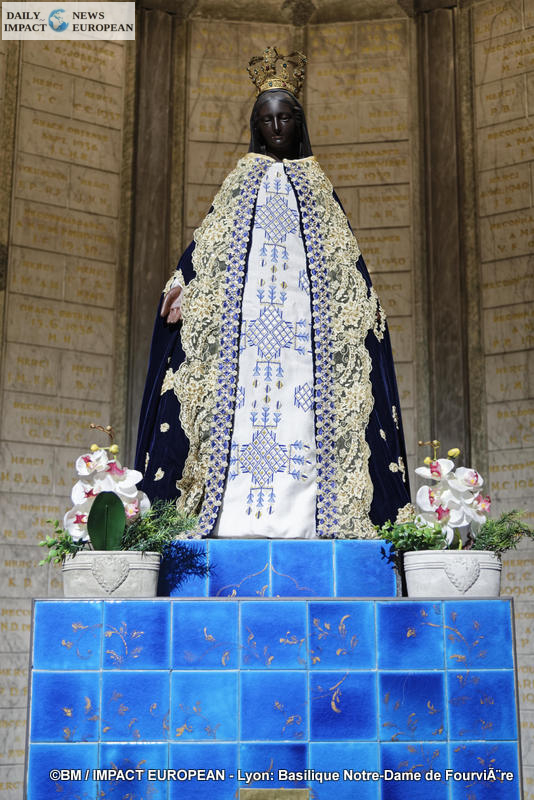

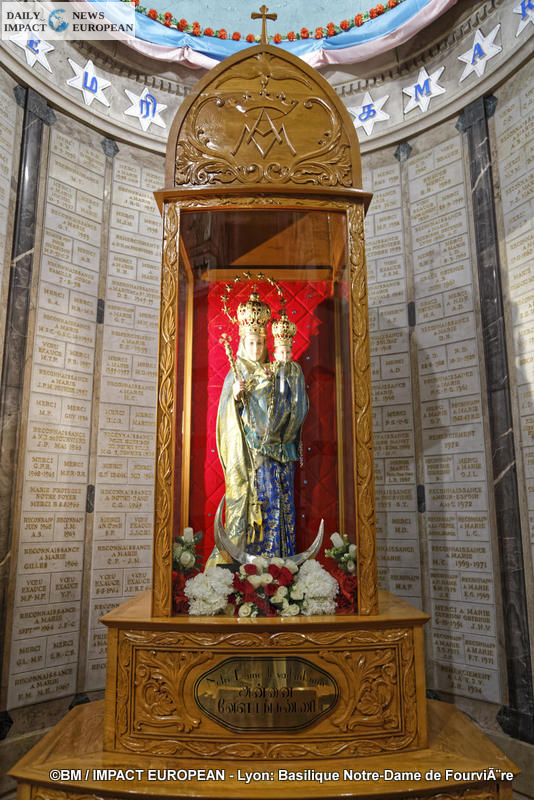
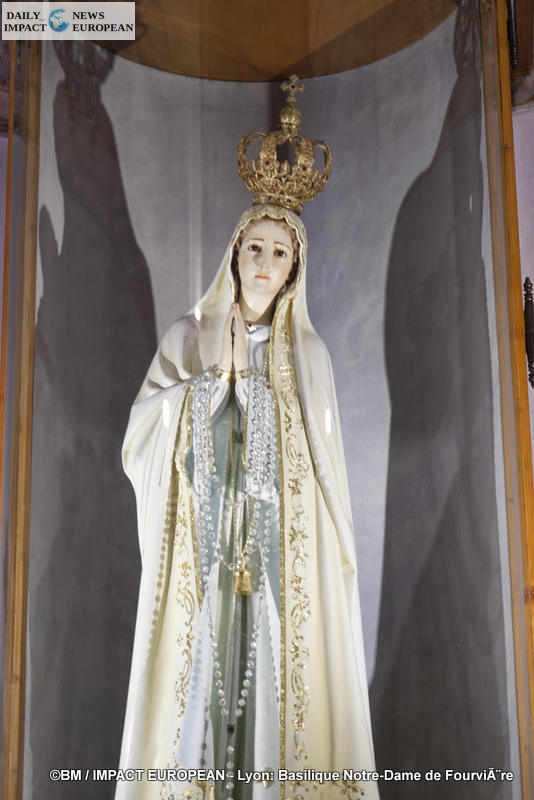
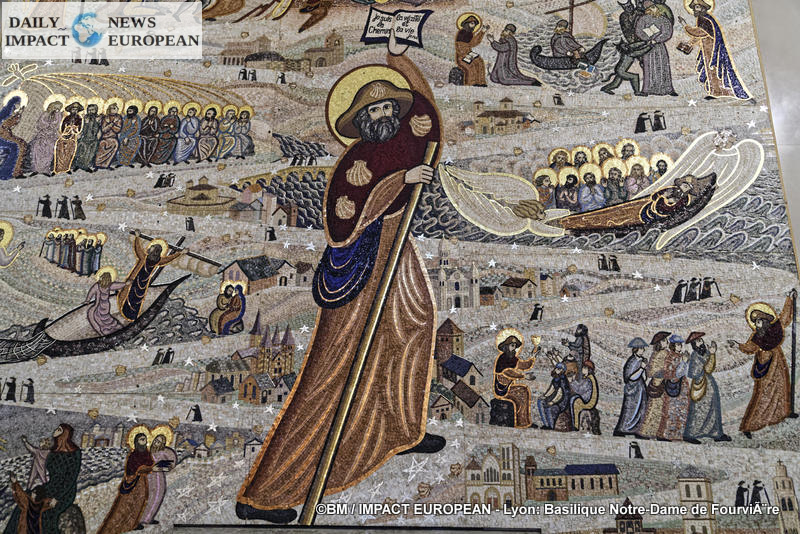
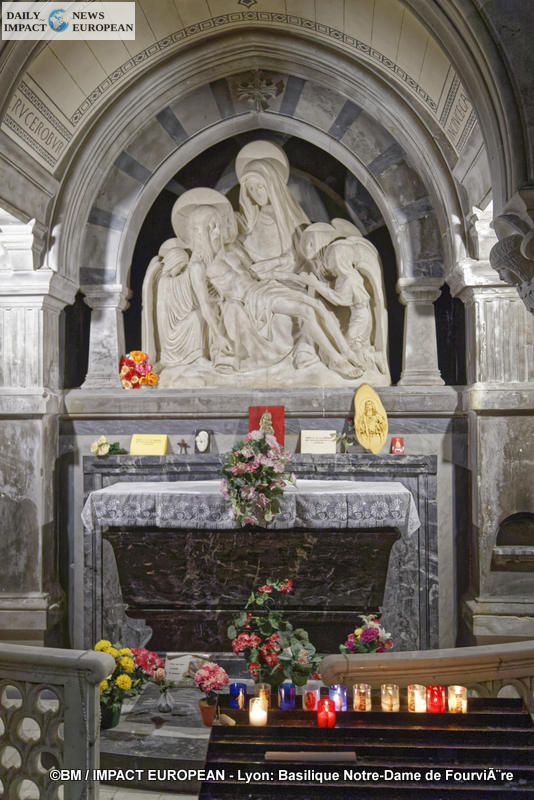
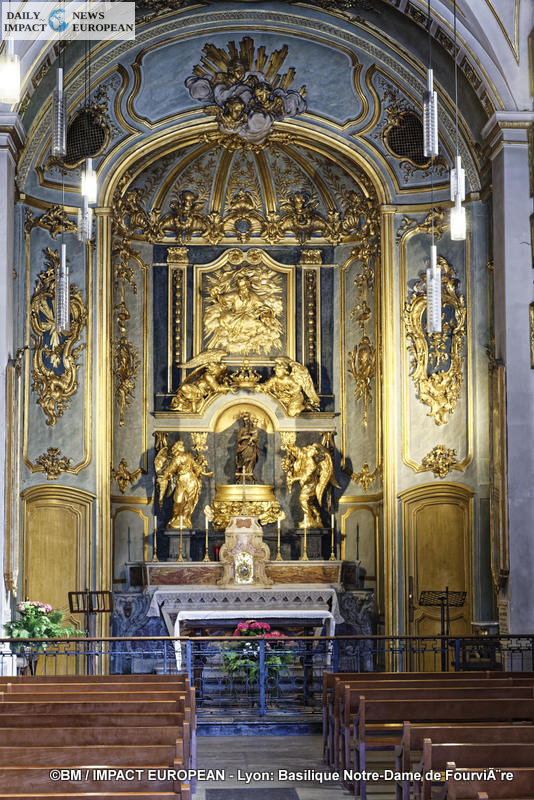
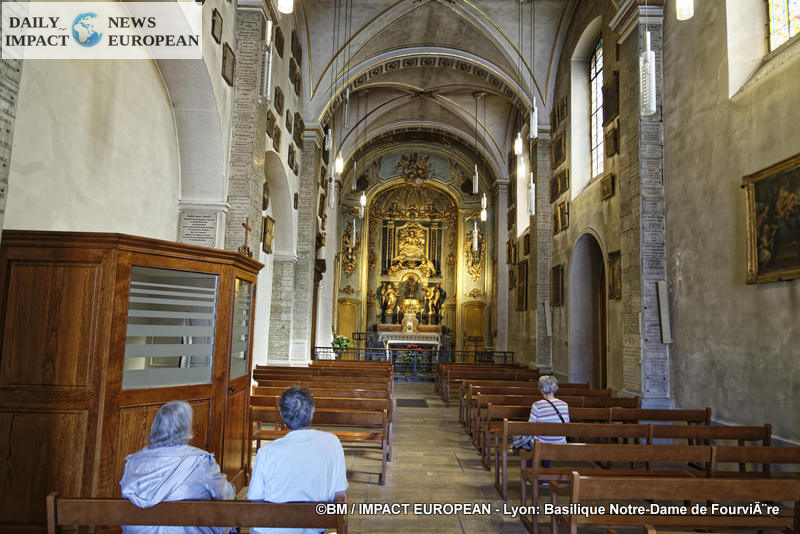
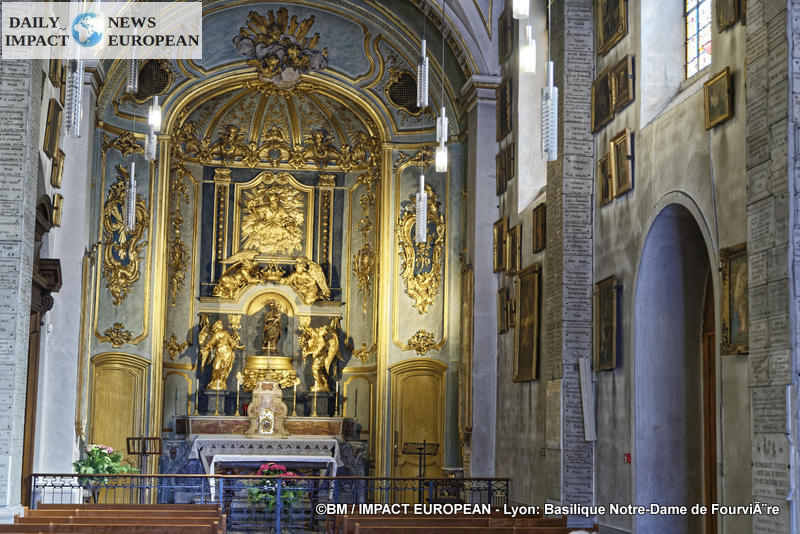
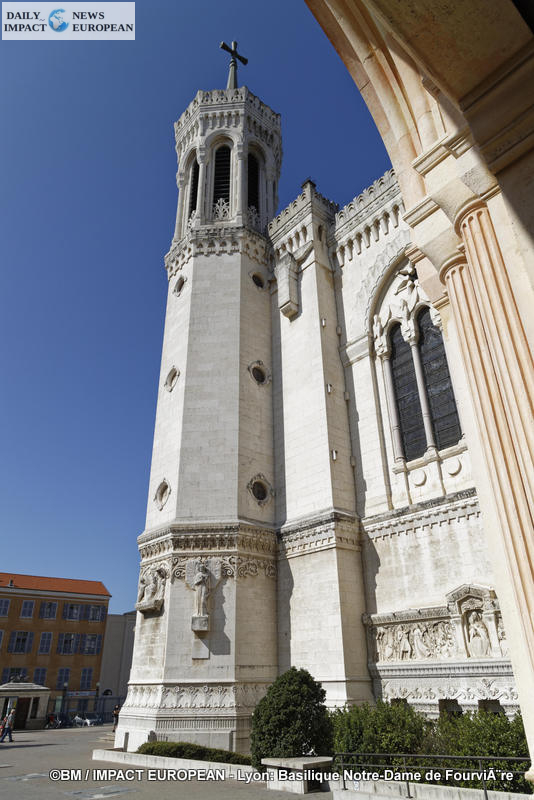
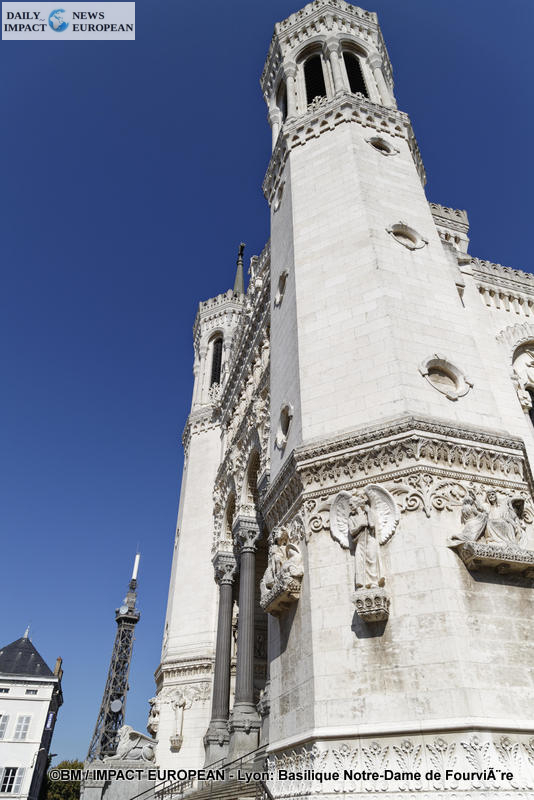
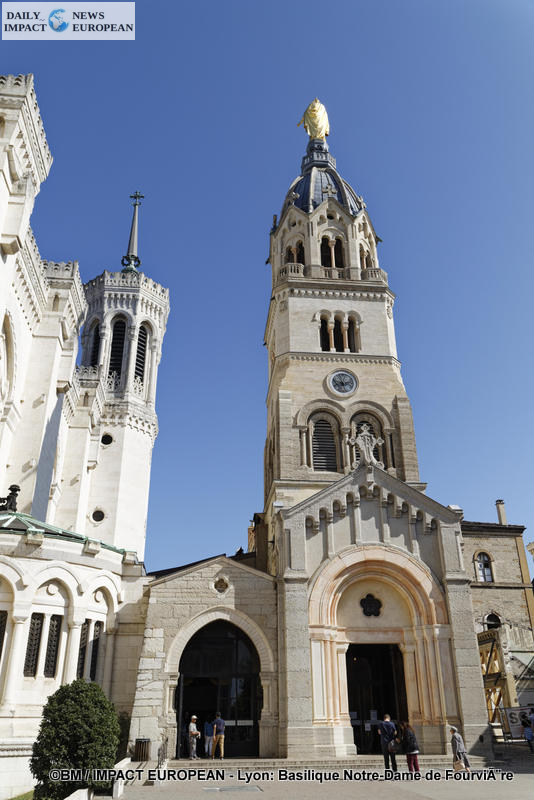
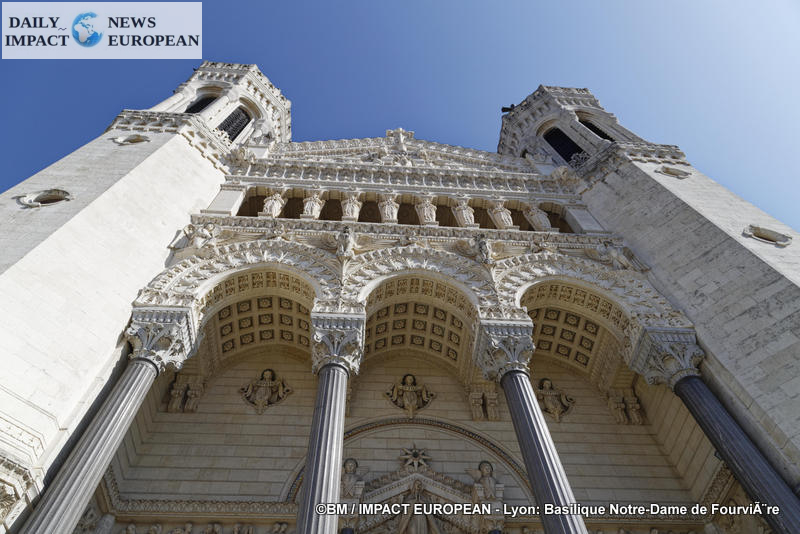
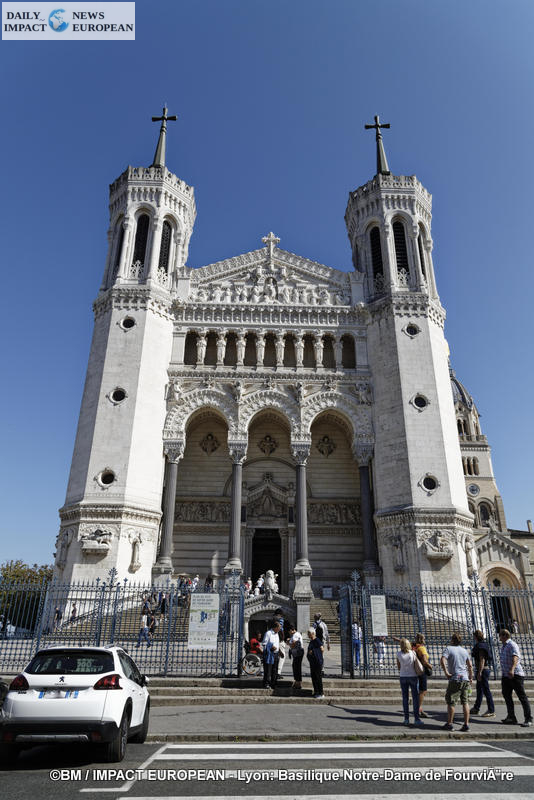
Plus d'histoires
Soleil d’Enfance Gala 2025: A Night of Solidarity Supporting Children with Disabilities
The Zelensky Couple’s European Tour for Peace
YouCare Exhibition: When Art and Celebrities Unite to Save Animals